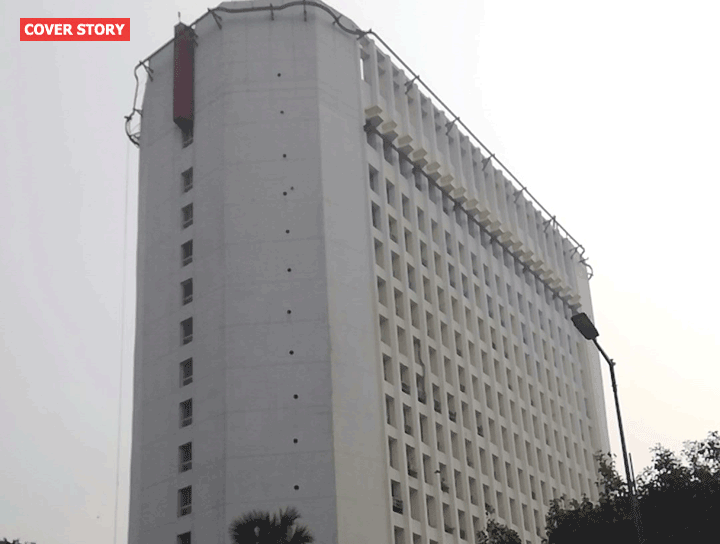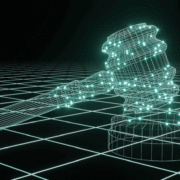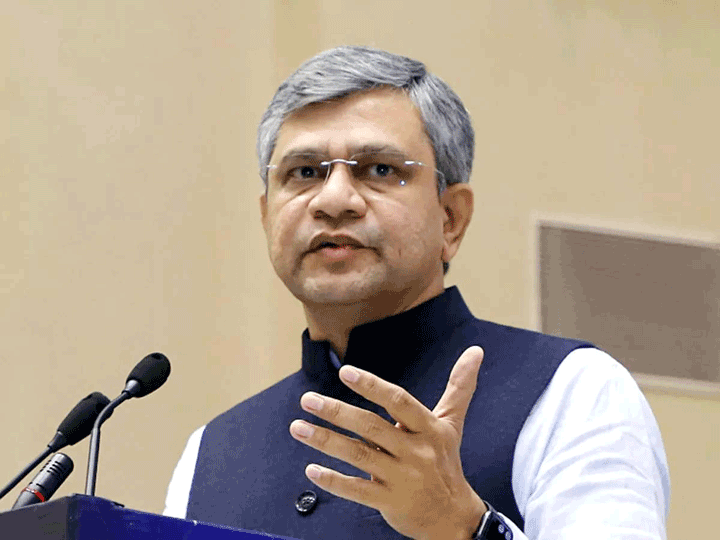The great Huawei conundrum – Why India can’t afford to fall behind in 5G technology on speculative fears
The strategic nature of communications technology requires that it be robust in its reach and quality, and secure in its deployment. The pace with which these networks have so far proliferated is remarkable and historically unprecedented, yet progress on matters of security has lagged. Our world is replete with large-scale and organised system breaches, service attacks that can bring large systems down to their knees, and a plethora of spyware/malware designed for identity theft. It is, therefore, no surprise that authorities and organisations are actively studying and attempting to prepare themselves for future cyber threats.
The year 2016 was a watershed one as far as cyberattacks go, with some of the most high-profile attacks occurring within six months (Cisco). The “Pegasus” zero-day IOS malware was discovered in August 2016 and was found to have been used to spy on high-profile iPhone users. In October, denial of service attacks on DNS provider Dyn led to significant outages of significant websites.











